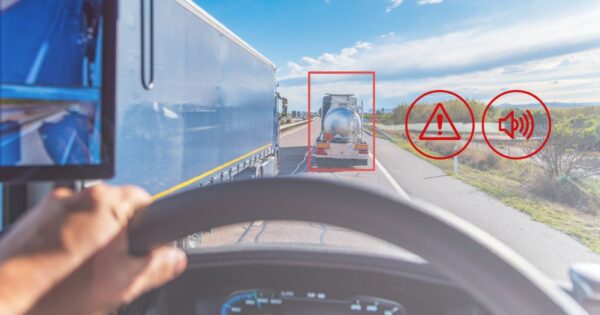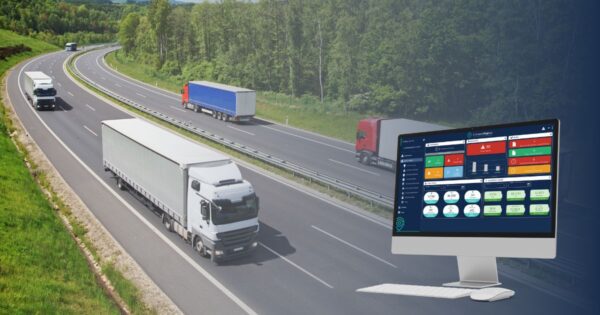The California Smog Check Program, administered by the Bureau of Automotive Repair (BAR), is a vital initiative aimed at improving air quality across the state.
Since its inception in 1984, this program has been instrumental in reducing air pollution emitted by millions of vehicles traversing California’s roads. But what exactly does this program entail, and how does it impact vehicle owners?
Fundamentally, a Smog Check is an inspection of a vehicle’s emissions-control systems to assess the amount and type of pollutants it emits. This inspection encompasses various tests, including visual and functional assessments of emissions-control equipment, ignition timing, exhaust gas recirculation systems, and tailpipe emissions.
According to a report by the American Lung Association, nine out of ten Californians live with polluted air, and one in three people across the nation is exposed to unhealthy air. The 24th annual “State of the Air” report reveals that more than 98% of Californians reside in communities that have earned a failing grade for unhealthy ozone pollution days, unhealthy particle pollution days, and/or unhealthful annual particle pollution levels.
What vehicles are required to get a smog test?
California’s smog regulations extend to both private and commercial vehicles. Whether you’re driving a car, truck, or hybrid vehicle, if it’s from the year 1976 or newer, it requires periodic Smog Checks. Additionally, vehicles older than a certain model year (typically 6 or 8 years) are subject to biennial Smog Checks, regardless of ownership change or registration renewal.
The Department of Motor Vehicles (DMV) registration renewal notice will indicate if a Smog Check is required. Additionally, a Smog Check is mandatory when a vehicle changes ownership or is initially registered in California.
You can check a vehicle’s Smog Check history by VIN or license plate number on the Bureau of Automotive Repair’s website.
However, there are some vehicles exempt from smog checks;
- Gasoline-powered vehicles, hybrid vehicles, and alternative-fuel vehicles that are model-year 1975 and older.
- Gasoline-powered vehicles, hybrid vehicles, and alternative-fuel vehicles that are eight model years and newer, which do not require a biennial smog check.
- Gasoline-powered vehicles, hybrid vehicles, and alternative-fuel vehicles that are four model years and newer, which do not require a change-of-ownership smog check.
- Diesel-powered vehicles that are model-year 1997 and older.
- Diesel-powered vehicles with a gross vehicle weight rating (GVWR) of more than 14,000 pounds.
- Electric-powered vehicles.
- Motorcycles. These exemptions are subject to specific criteria and may vary depending on the vehicle’s age, fuel type, and other factors.
How much does a smog check cost?
The cost of a smog check in California can vary depending on factors such as the location of the testing station, the type of vehicle being tested. On average, the cost ranges from $30 to $70.
You can find a smog check testing station through resources like BAR’s Auto Shop Locator.
How long does a smog check take?
The duration of a smog check typically ranges from 20 to 30 minutes. However, this can vary depending on factors such as the testing station’s workload, the type of vehicle being tested, and any potential issues that may arise during the inspection. Generally, it’s best to allocate around half an hour for the entire process to ensure ample time for testing and any necessary paperwork.
The consequences of non-compliance
Unfortunately, failing a smog check is not just a minor inconvenience – it can result in the inability to renew your vehicle’s registration, making it illegal to drive until it passes inspection. However, once your vehicle aligns with the required emissions standards, you’re free to get back on the road.
Essential tips and tools to pass a smog check
Concerned about the Smog Check? No need to worry. There are practical steps you can take to enhance your vehicle’s likelihood of passing smoothly. Consistent maintenance, timely repairs for any “check engine” light warnings, and adherence to your manufacturer’s guidelines are all factors that can facilitate a seamless inspection process.
Telematics systems have emerged as valuable tools for fleet management, offering insights into vehicle performance and maintenance needs. While they don’t directly influence emissions, these systems can aid companies in meeting smog regulations by providing data for optimizing fleet operations and scheduling maintenance tasks efficiently.
Benefits of Compliance
Passing the Smog Check isn’t just about regulatory compliance—it’s about safeguarding our environment and personal well-being. Vehicles that meet emissions standards contribute to cleaner air, improved public health, and reduced environmental impact. Moreover, compliance ensures legal operation, cost savings, and peace of mind for vehicle owners.
Conclusion
The battle against smog in California is ongoing, driven by initiatives like the Smog Check Program and the Clean Truck Check (another initiative by the Californian Government) are supported by individuals and organizations committed to environmental stewardship.
By reducing smog and air pollution, we not only benefit the people of California but also contribute to the well-being of our environment, paving the way for a more sustainable future.









